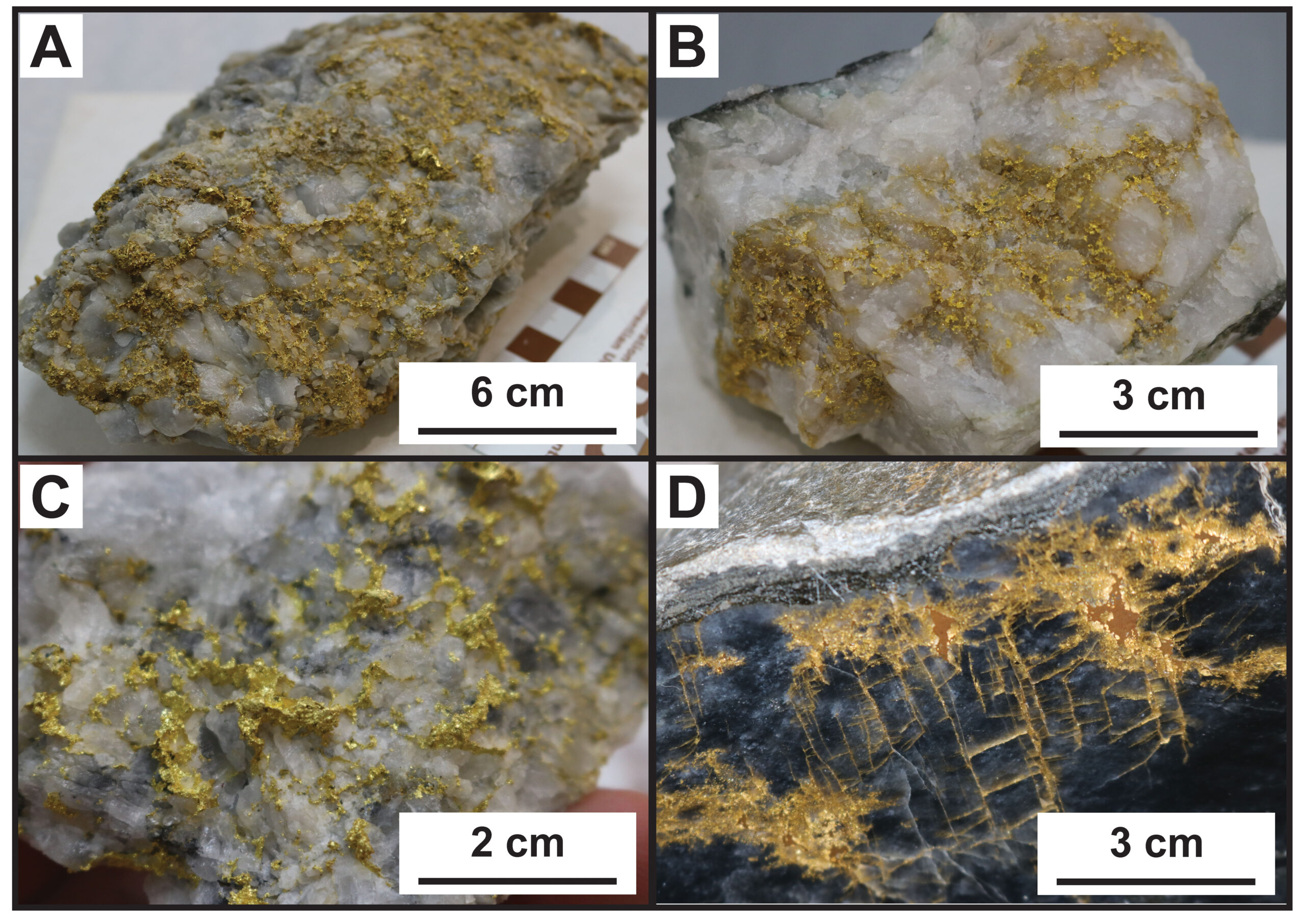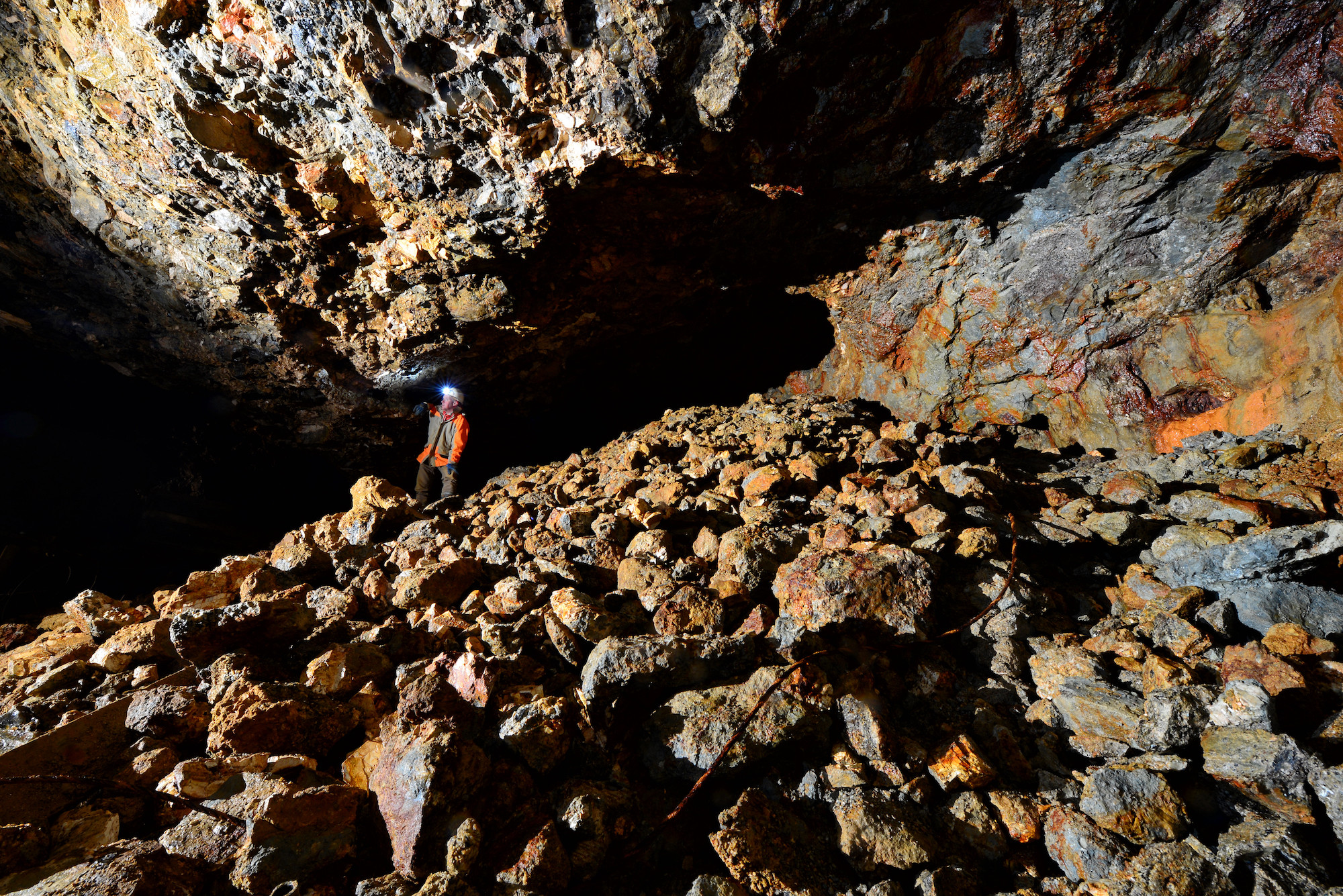This property is thought to be part of a “Reduced Intrusion Related Gold System” and until the mid-1990’s these types of deposits were not well known or understood. Regardless of why it may have been overlooked, the only thing better than finding a gold prospect is finding one that others have missed.
[box type=”success” align=”aligncenter” ]Editors Note: This article is part of a new, and hopefully regular, feature on prospective mining properties. These properties are “greenfield” prospects and properties that are available for exploration and not held by listed companies.[/box]
Introduction
The McConnells Jest property is a block of 172 claims, covering 3371 hectares in close to the town of Mayo in the Yukon Territory, Canada. Since staking in 2010, the claim owner, Mr. William (Bill) Koe’-Carson has undertaken some basic prospecting with interesting results, including rock chips returning up to 35.56 grams per ton gold (g/t Au). The proximity to active and established sites such as the Victoria Gold Corp [TSX: VIT] ‘Eagle Gold Project’ and the historical Keno Hill Silver District, (currently being mined by Alexco Resources [NYSE-MKT: AXU, TSX: AXR]) make this an interesting play.
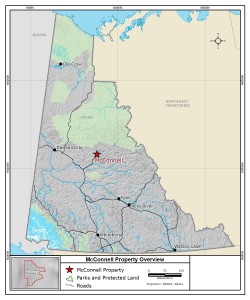
Location & Access
McConnells Jest is located along the Silvertrail Highway, an all year road that runs between the towns of Mayo and Keno City. The site is currently accessed by helicopter from Mayo Airport, roughly a twenty-minute flight time, but future road access directly to the site is not impossible, although no plans have been made at this early stage.
The town of Mayo is about a five-hour drive from Whitehorse along the Alaska Highway and is an established hub for mining and exploration activities. Alongside the airport, it also has healthcare facilities, local government offices, fuel depots, groceries and accommodations.
Regional Geology
The property lies within an area known as the Tintina Gold Belt, a 200-kilometer wide, 1,200-kilometer long arc that extends from Alaska and into northern British Columbia.
The property is bounded by two major structural breaks known as thrust faults: the Robert Service Thrust to the west, and the Tombstone Thrust on the east. The stresses from these fault zones fractured the local rocks and provided pathways for rising magmas, resulting in the formation of large igneous intrusions. The heat from these magmas mobilized the water trapped in the rocks and created massive hydrothermal systems that emplaced gold, silver, copper and other economic minerals into the existing bedrock. This process was repeated time and again, resulting in a rich and diverse range of commodities.
Exploration History
McConnells Jest has a somewhat spotty exploration history and was not seriously explored due to a lack of understanding of local conditions and mineralisation models. Koe’-Carson ‘discovered’ the site following research on the Yukon Geological Survey (YGS) database which showed a sizeable body of igneous rock between Victoria Gold’s Dublin Gulch property and the Keno Hill Silver District.
The only historical work on file for the site was performed by United Keno Hill Mines Ltd. who sampled the site in 1965 following a sediment sampling program by the Geological Survey of Canada the previous year. The results were not impressive, but the sampling was shallow and challenged by a thin cover of glacial material that masked the underlying geochemistry.
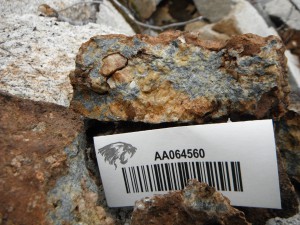
Koe’-Carson concluded that the ground had not been adequately explored and staked the property in 2010. It was immediately optioned by Golden Predator Corp. [TSX.V: GPY], who for the next two years undertook modest soil sampling programs, returning significant assays up to 11.7 g/t gold. During this period, mapping and discretionary rock sampling discovered veins of the iron arsenate mineral, scorodite which can be associated with gold in some deposits. One sample from these veins returned a gold grade greater than 28g/t.
No work was carried out in 2013 due to economic (and unrelated legal) pressures forcing Golden Predator to withdraw from their agreement. Koe’-Carson returned to the site during the 2014 season and continued to systematically sample the property. His work identified six target zones, although the focus was on two areas in particular: Pink Mountain and Bullion Blister. Oxidation and micro veining creates the hue that gives Pink Mountain its name. This zone is approximately 500m by 375m, but is open on three sides and provides steady grades in excess of 1g/t gold. The Bullion Blister Zone appears to host sheeted vein systems within altered igneous rocks. Several occurrences of scorodite veining have returned gold positive assays.
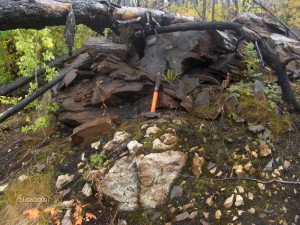
There is also evidence that the intrusion is still ‘partially roofed’, which means that erosion has not stripped away the mineralized outer shell of the intrusion. This factor is perhaps significant for future exploration potential, as the mineralization will have been preserved.
Discussion
There’s a saying in geology that “all the easy stuff has been found”. While the prospecting and staking of this property this property might seem obvious, there are a few reasons why it may have been overlooked in the past. First, the area is covered by a thin layer of glacial sediment which obscures much of the bedrock. Second, this property is thought to be part of a “Reduced Intrusion Related Gold System” (eg. Fort Knox, Alaska) and until the mid-1990’s these types of deposits were not well known or understood: Traditional gold explorers have avoided large granite-type igneous bedrock and instead focused on the more obvious vein-hosted or placer gold deposits. Regardless, the only thing better than finding a gold prospect is finding one that others have missed.
From the preliminary work on this property it would appear that the property has the potential to generate some exciting results. It is favorably located among more advanced gold projects, has reasonably good access to supporting infrastruture and intial exploration has generated intriguing gold values.
McConnells Jest is an interesting gold prospect and there is no doubt that in better times it would be aggressively explored. It is large enough to be a flagship project for an emerging junior or an expansion project for it’s more advanced neighbors. Expect this one to be snapped up as markets warm.
[box type=”success” align=”aligncenter” ]
Want to have a property featured here or get in touch with the owner of this mining prospect? Please contact us for more information. All submissions will be reviewed.
[/box]

